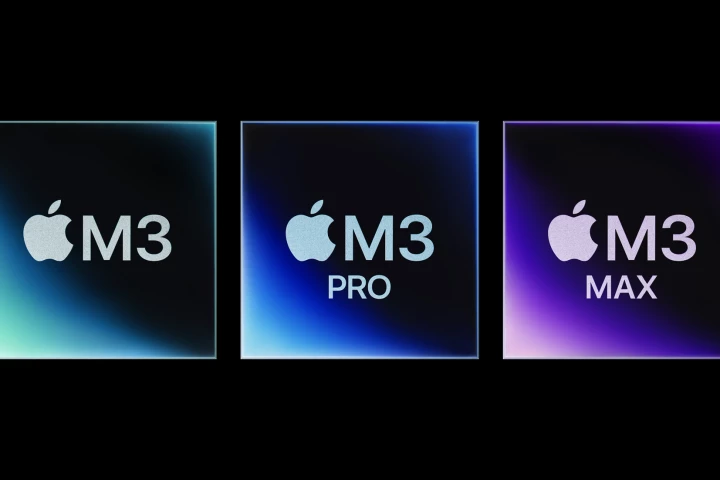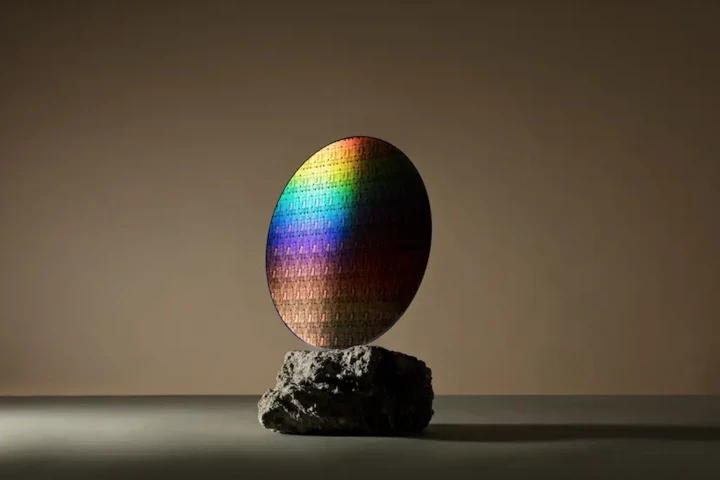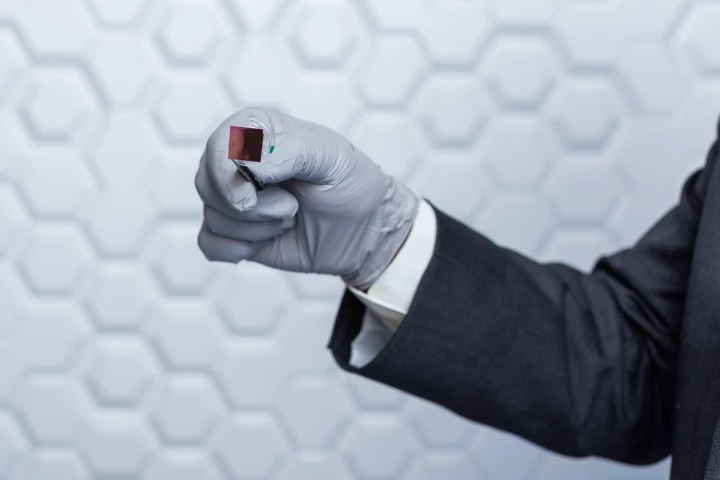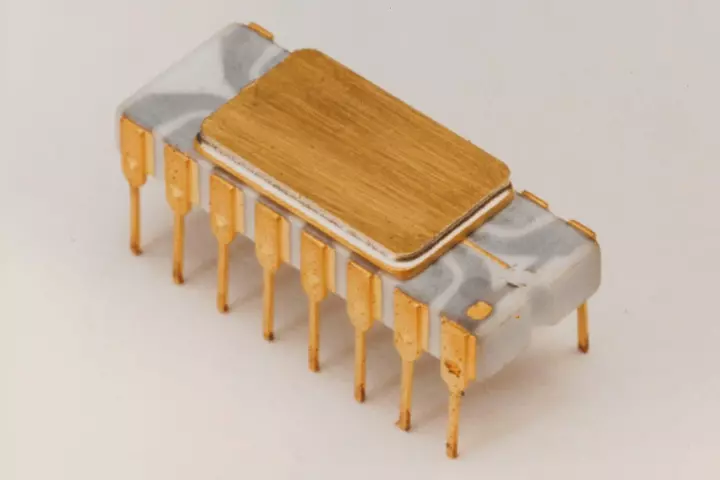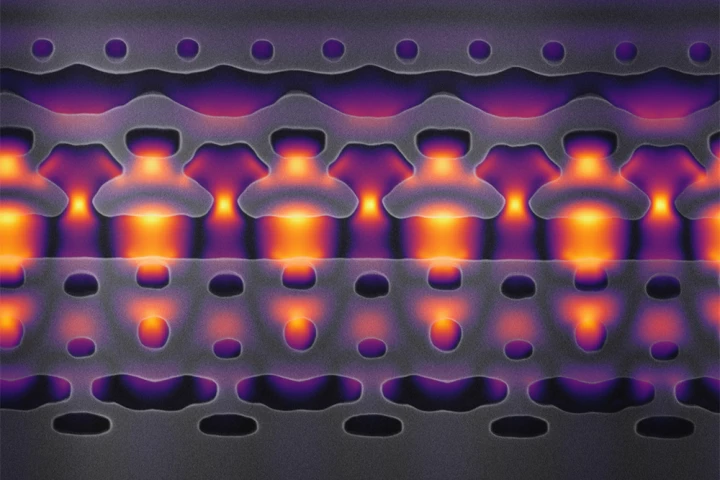Chip
-
Human intelligence and our collective wisdom are already becoming limiting factors in the rise of AI. Indeed, the only smart move at this point seems to be letting AIs design their own future hardware, right down to the microchip level.
-
A tiny chip with a unique surface can accurately detect the blood biomarkers of a heart attack within minutes, a fraction of the time taken by current methods. The researchers behind the device see it being used as an at-home diagnostic tool.
-
Twas the night before Halloween, and Apple held a “spooky” event to announce some “scary fast” new products. The company unveiled its next generation chips, the M3 family, as well as the first iMacs and MacBooks that will feature them.
-
A powerful new optical chip can process almost two billion images per second. The device is made up of a neural network that processes information as light without needing components that slow down traditional computer chips, like memory.
-
IBM and Samsung have unveiled a new semiconductor chip design they say can enable the continuation of Moore's Law and allow for smartphones that run for weeks on a charge, among some other interesting possibilities.
-
A team of researchershas advanced development of a nanochip device that can reprogram cells in the body to become new blood vessels and nerve cells. It could be used to repair brain damage resulting from a stroke or nerve damage caused by diabetes.
-
This month marks the 50th anniversary of Intel's 4004 processor, the first commercially available microprocessor built on a single chip. Originally designed for a Japanese desk calculator, it helped spark the personal computer revolution.
-
Engineers at Columbia University have developed the smallest single-chip system ever created, which can be implanted with a hypodermic needle to measure temperature inside the body, and possibly much more.
-
Highlighting the march of technology, IBM has unveiled new semiconductor chips with the smallest transistors ever made. The new 2- nanometer tech allows the company to cram a staggering 50 billion transistors onto a chip the size of a fingernail.
-
Engineers have created one of the smallest memory storage devices ever, made out of a 2D material measuring 1 nanometer square. The device works on the movements of single atoms, paving the way for memory systems with incredible information density.
-
Engineers at EPFL have created a new computer chip that can both process and store data in the same circuit. It’s made using a two-dimensional material called molybdenum disulfide, paving the way for smaller and more energy efficient electronics.
-
Particle accelerators could be incredibly useful for medicine – if they weren’t so huge. Now, scientists at Stanford have managed to shrink the tech down to fit on a computer chip, which could lead to more precise cancer radiation therapies.
Load More


